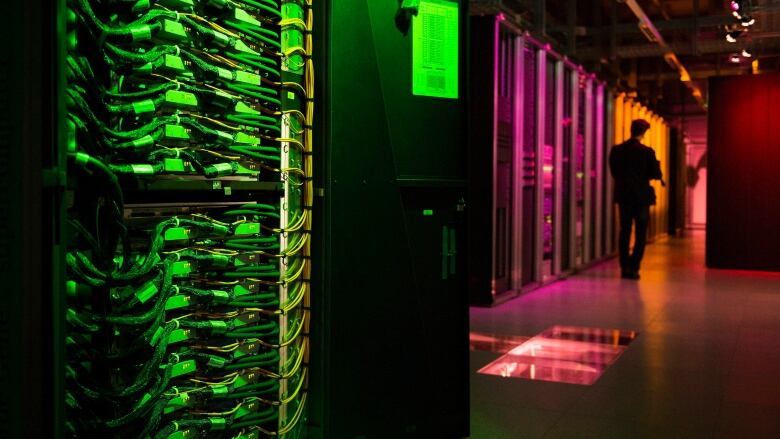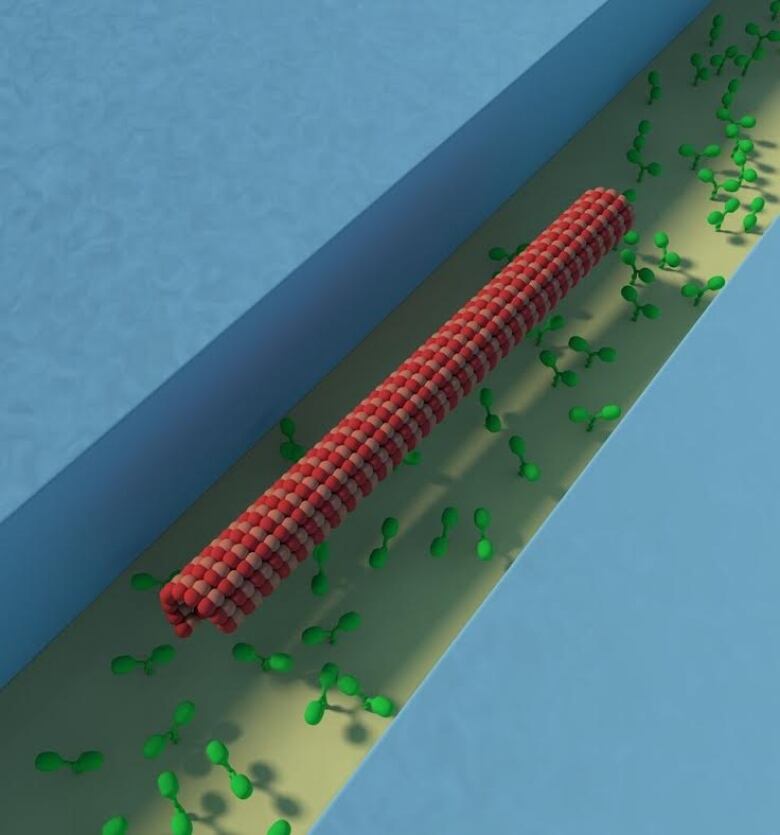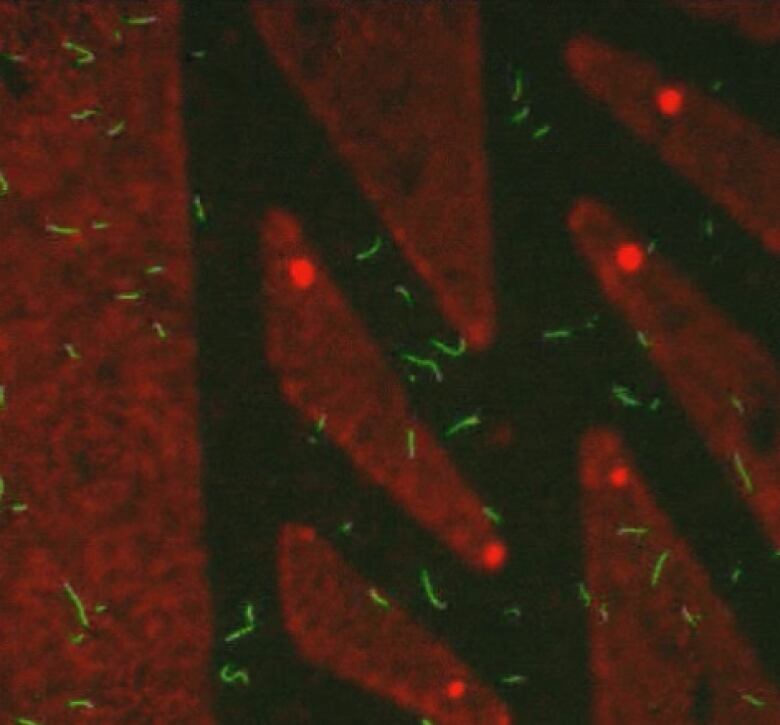Biological supercomputer model could change how we solve complex problems
Protein-powered chip makes biocomputer extremely energy efficient

Researchers at McGill University have helped to develop a model of a biological supercomputer that can solve complex mathematical problems using very little energy.
- Chinese supercomputer declared world's fastest
- NASA, Google show off D-Wave quantum computer for 1st time
- Artificial intelligence, human brain to merge in 2030s, says futurist
Despite recent advances in computer technology, electronic computers are still limited to solvingone problem at a time.
"For a bigger problem we have to make a larger computer,"DanNicolau, chair of thedepartment of bioengineering atMcGill, told CBC News.

By contrast thenew modelbiocomputer developed by a team of international scientists from Canada, the U.K., Germany, The Netherlandsand Sweden is energy-efficient, performs multiple calculations simultaneously and isroughly the size of a book.
"A biocomputer requires less than one per cent of the energy an electronic transistor needs to carry out one calculation step,"studyco-ordinatorHeinerLinke, director ofnanoscienceat Lund University in Sweden, said in a press release.
The findings have been published in theProceedings of theNational Academy of Sciences.
At the core of themodelis a 1.5 square-centimetremicrochip, which uses myosin, molecular motorsthat carry out mechanical tasks in living cells,to move protein filamentsalong artificial paths.
In a traditional computer, electrons are propelled through a chip by an electrical charge. But inthe biocomputer, short strings of proteins are powered byAdenosine triphosphate, thechemicalthat provides energy to the cells in our bodies.
This is not the first research toapply parallel computing to complex problem-solving. DNA computing and quantum computing, for example, take a similar approach.
"However, these approaches have not proven, so far, to be scalable and practical from a fabrication and operational perspective,"the researchers note.
Father-son duo

Asked what it was like to work with his son to develop this technology, Nicolaulaughed.
"We are perfectly complementary. He knowsvery little about engineering ... and I have not that much mathematicalknowledge either."
So far, the model is only designed to solve a specific type of problem, but now thatthey've proven it works,Nicolausaid it's just a matter of time before we see full-scale biological supercomputers.












_(720p).jpg)


 OFFICIAL HD MUSIC VIDEO.jpg)
.jpg)



























































































